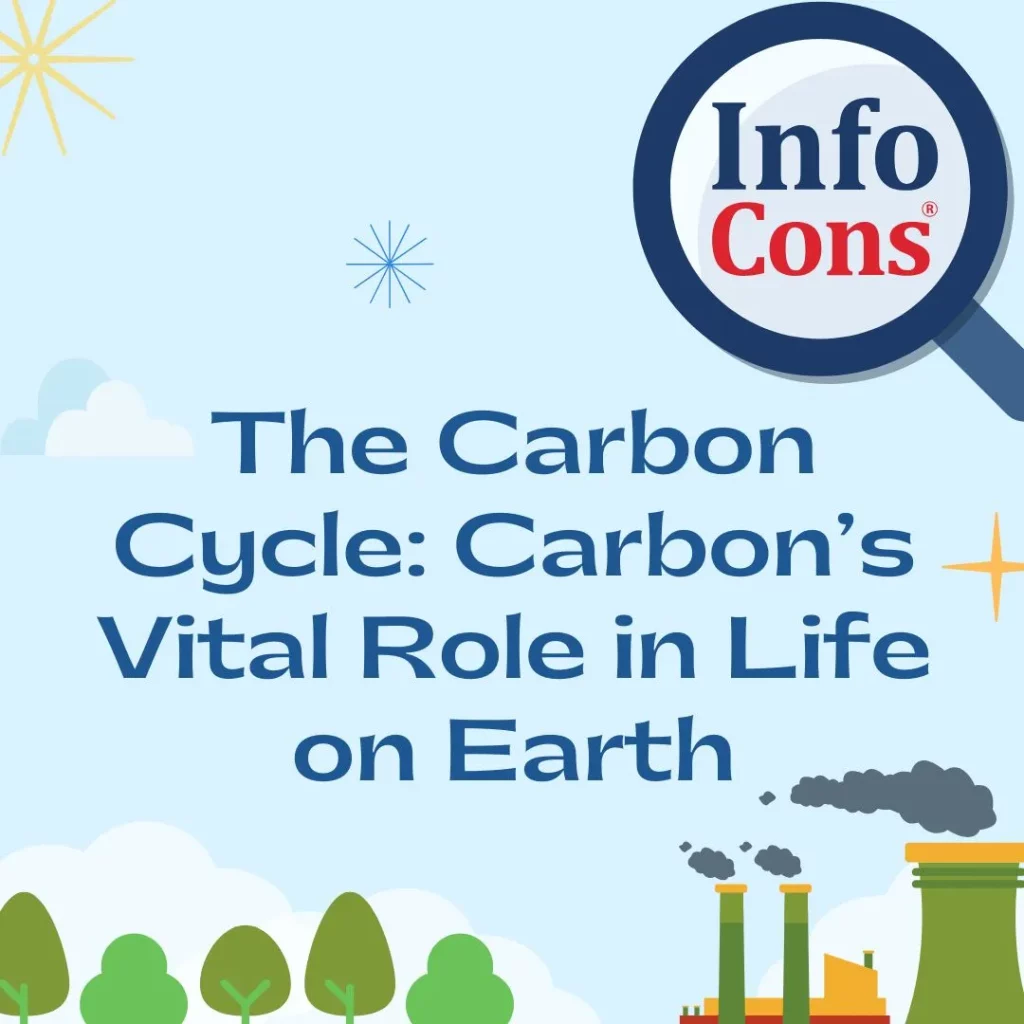
Carbon is in constant motion across different parts of our planet, continuously shifting between forms and locations. In the atmosphere, carbon primarily exists as carbon dioxide (CO₂), a gas absorbed by plants, trees, and oceans. On land, animals, including humans, take in carbon by consuming plants and release it back into the air as they breathe. When plants and animals die, their remains decompose, releasing carbon into the soil, where it can be stored for long periods or continue cycling.
For thousands of years, this carbon cycle has maintained a relatively stable level of CO₂ in the atmosphere, creating a natural balance essential for Earth’s climate. However, human activities are disrupting this balance. The burning of fossil fuels releases CO₂ into the atmosphere much faster than natural processes can absorb it, while large-scale deforestation, especially in tropical rainforests, reduces the number of trees available to store carbon.
Read also : The Metaverse : Challenges and Opportunities for Intellectual Property Protection and Enforcement
As a result, CO₂ levels in the atmosphere are rising. Because CO₂ is a potent greenhouse gas, this buildup traps more heat in the Earth’s atmosphere, leading to global temperature increases and contributing to climate change. This delicate cycle underscores the interconnectedness of natural processes and the impact of human choices on the global climate system.
InfoCons – European Organization for Consumer Protection and Promotion of Programs and Strategies , a full member of the World Organization Consumers International , founding member of the Federation of Consumer Associations , and member of ANEC .